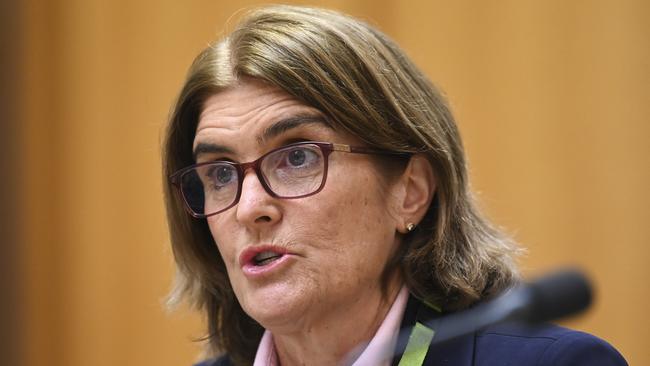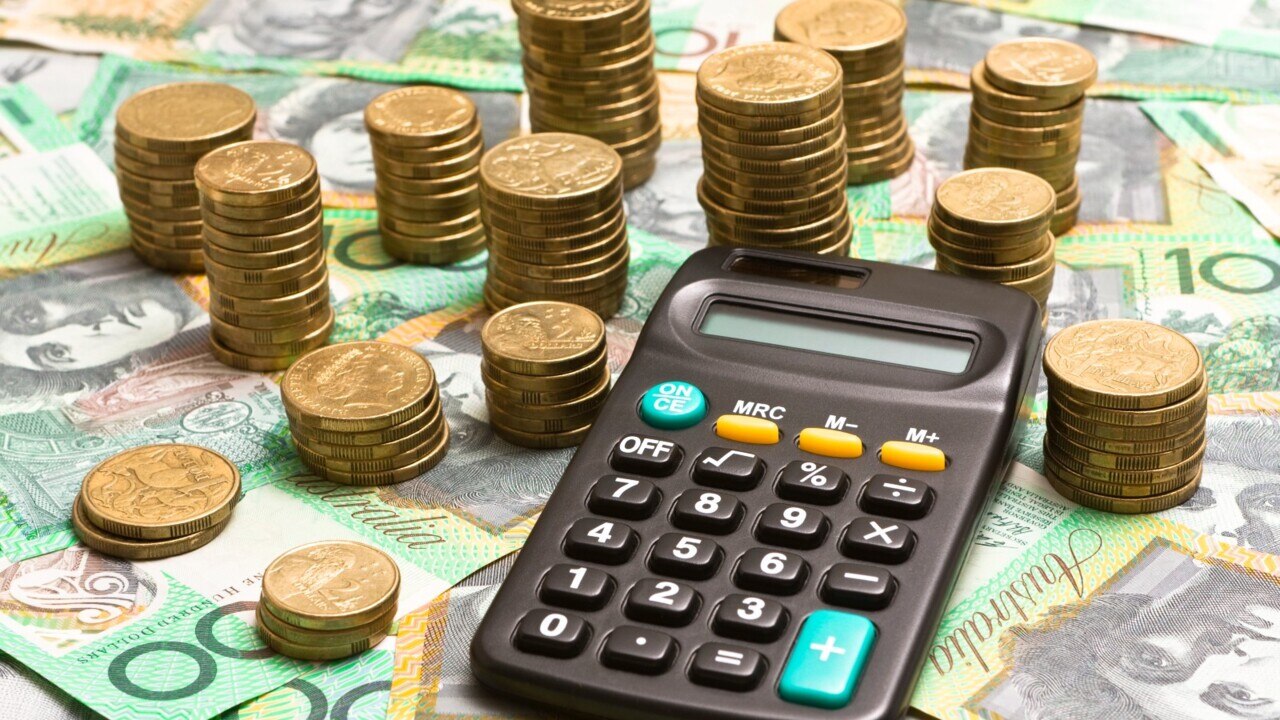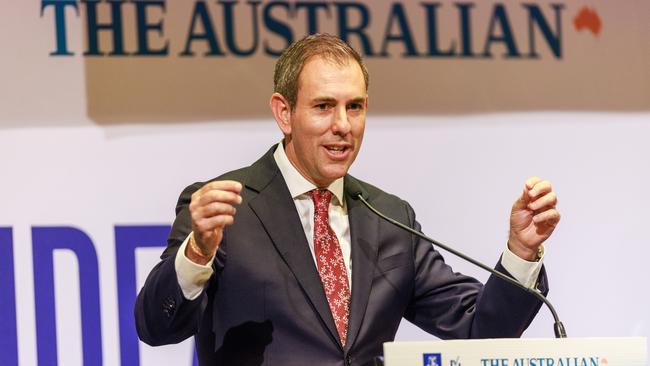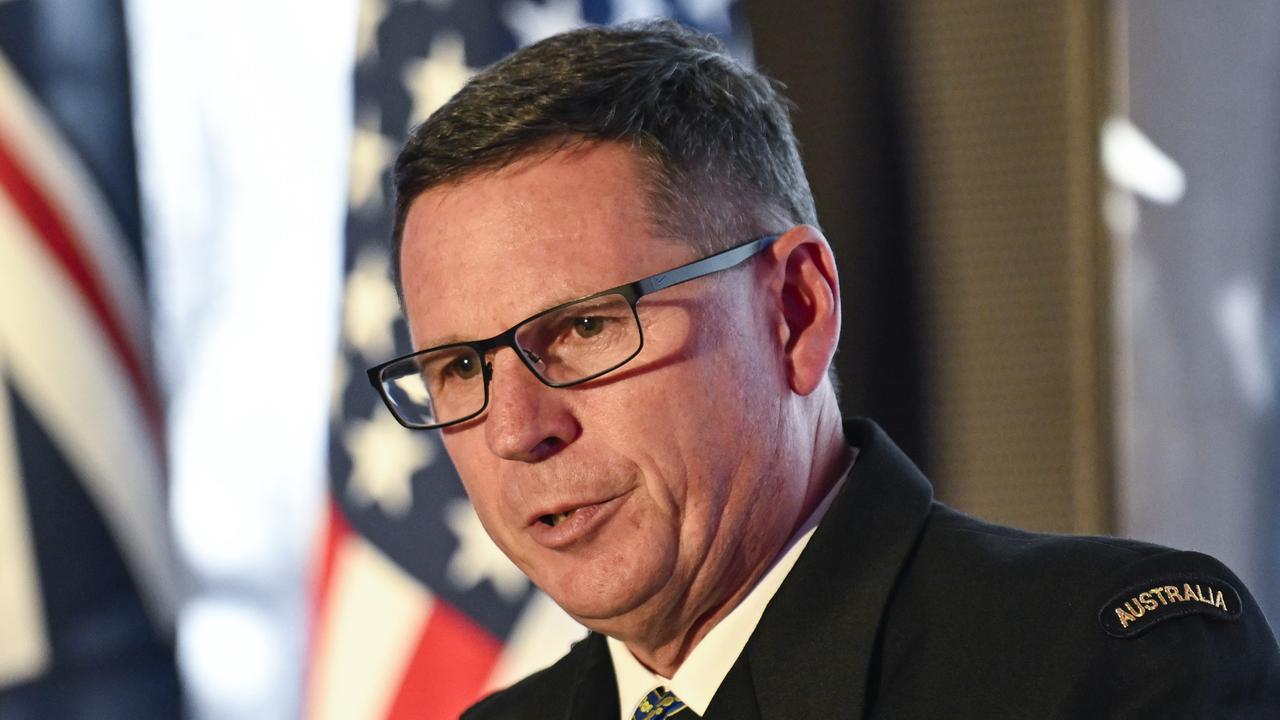
And like it or not, those higher interest rates will be a lash for the midterm Albanese government as it gallops to the next election.
The Reserve Bank governor didn’t say this on Tuesday, such is the way of monetary diplomacy, but this was the rate rise Australia had to have.
The inflationary pulse is still too strong and the RBA board wants to make sure expectations about higher price growth don’t get out of hand, which would make it harder to get consumer inflation back to the target zone by late 2025.
The RBA has been holding fire since its 12th rate hike in June, amid uncertainties about how quickly the economy was slowing and the persistence of inflation for energy, rent, insurance and dining out.
The good news from Bullock’s statement on Tuesday is that the jobless rate is likely to peak at 4.25 per cent, rather than the RBA’s previous estimate of 4.5 per cent. That’s a flicker in forecasting, yet translates into about 40,000 fewer unemployed people than the earlier call.
Borrowers were hoping against hope that the central bank was done in this tightening cycle, and the language has certainly softened.
“Whether further tightening of monetary policy is required to ensure that inflation returns to target in a reasonable time frame will depend upon the data and the evolving assessment of risks,” Bullock said.
The governor’s statement noted “the prices of many services are continuing to rise briskly” and progress in getting inflation back to the 2-3 per cent target range “looks to be slower than earlier expected”.

We’re in the arena of finetuning, with a bit of static around the signal in an economy idling at “below-trend growth” and where many households are “experiencing a painful squeeze on their finances”.
Clearly, this hike will feel like a kick in the guts for families, especially those early in their mortgage repayment profile, and will cast a pall over the summer.
With Anthony Albanese abroad, and Labor wanting to keep the conversation among reporters in tow on trade and stabilising the relationship with China, Jim Chalmers fronted the media. Could fiscal policy do more of the heavy lifting to make the RBA’s job easier as well as provide some pain relief to households?
The Treasurer said this was exactly what he was doing, but perhaps not in the way that those surveyed by Newspoll would like: the whole handout buffet, thanks.
For some in Middle Australia, Bullock is the new rates villain: same story as Philip Lowe, different suit.

But it’s the Albanese government that voters are expecting to “do something” about their finances, given Canberra is flush with revenue.
Even a second budget surplus may be on track, so Chalmers will be fending off calls for fuel excise relief and cold hard cash all the way until the mid-year fiscal review next month and the budget in May.
The Treasurer must hold his nerve, even as those in his caucus are wishing he would budge a little before Christmas.
Still, as the dread level rises and the crush on households extends into the new year, the backlash for Labor is coming, wave after wave; not because they’ve caused this world of mortgage, power and petrol pain, but possession of the Treasury benches is nine-tenths of the law in politics.







So now we know: Michele Bullock not only speaks loudly, she wields a big stick.